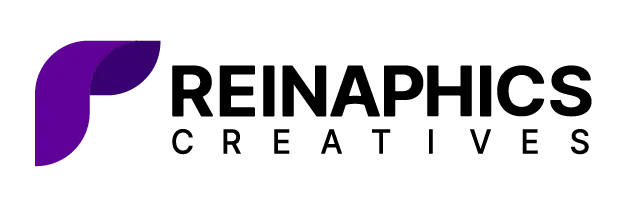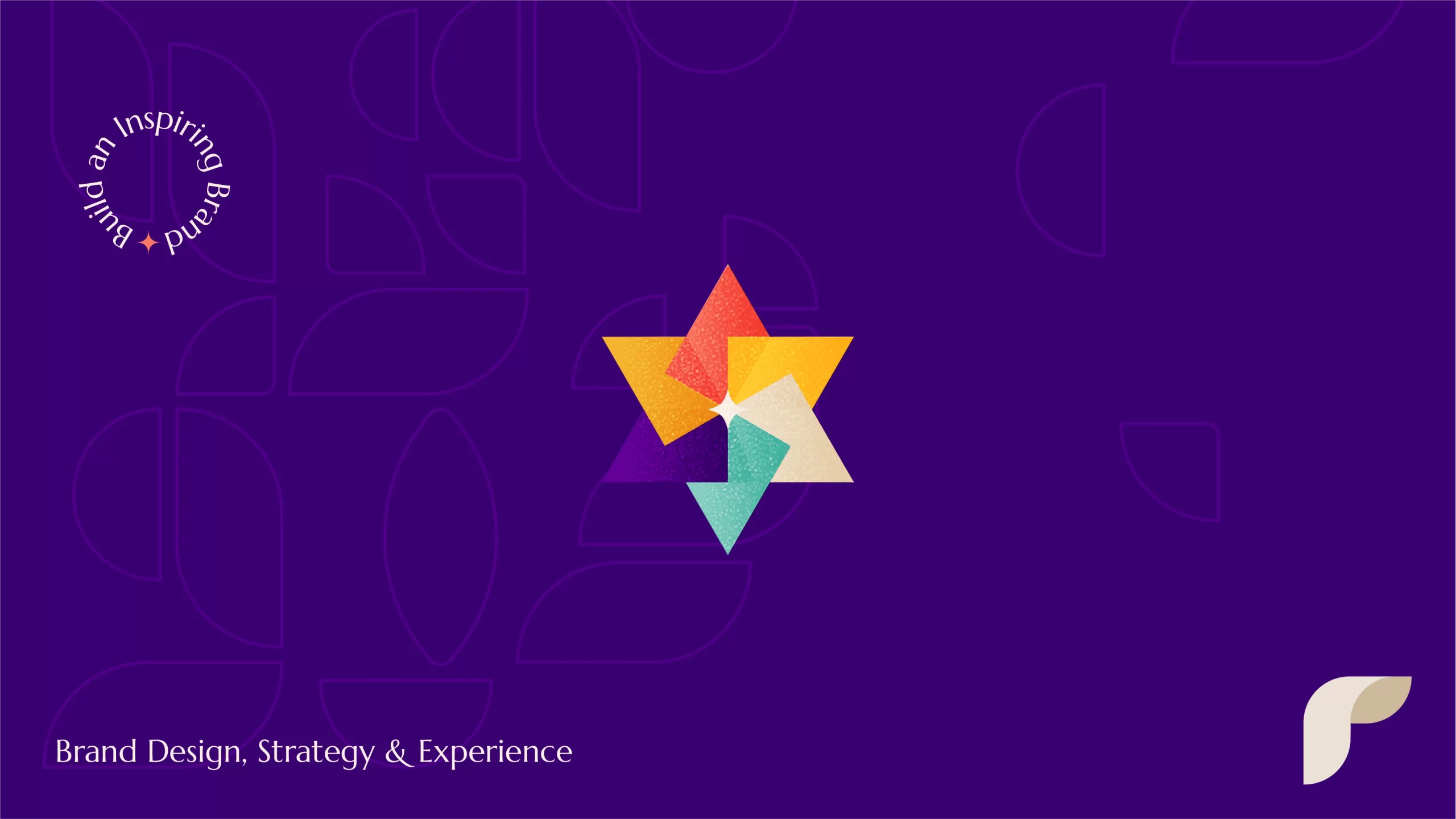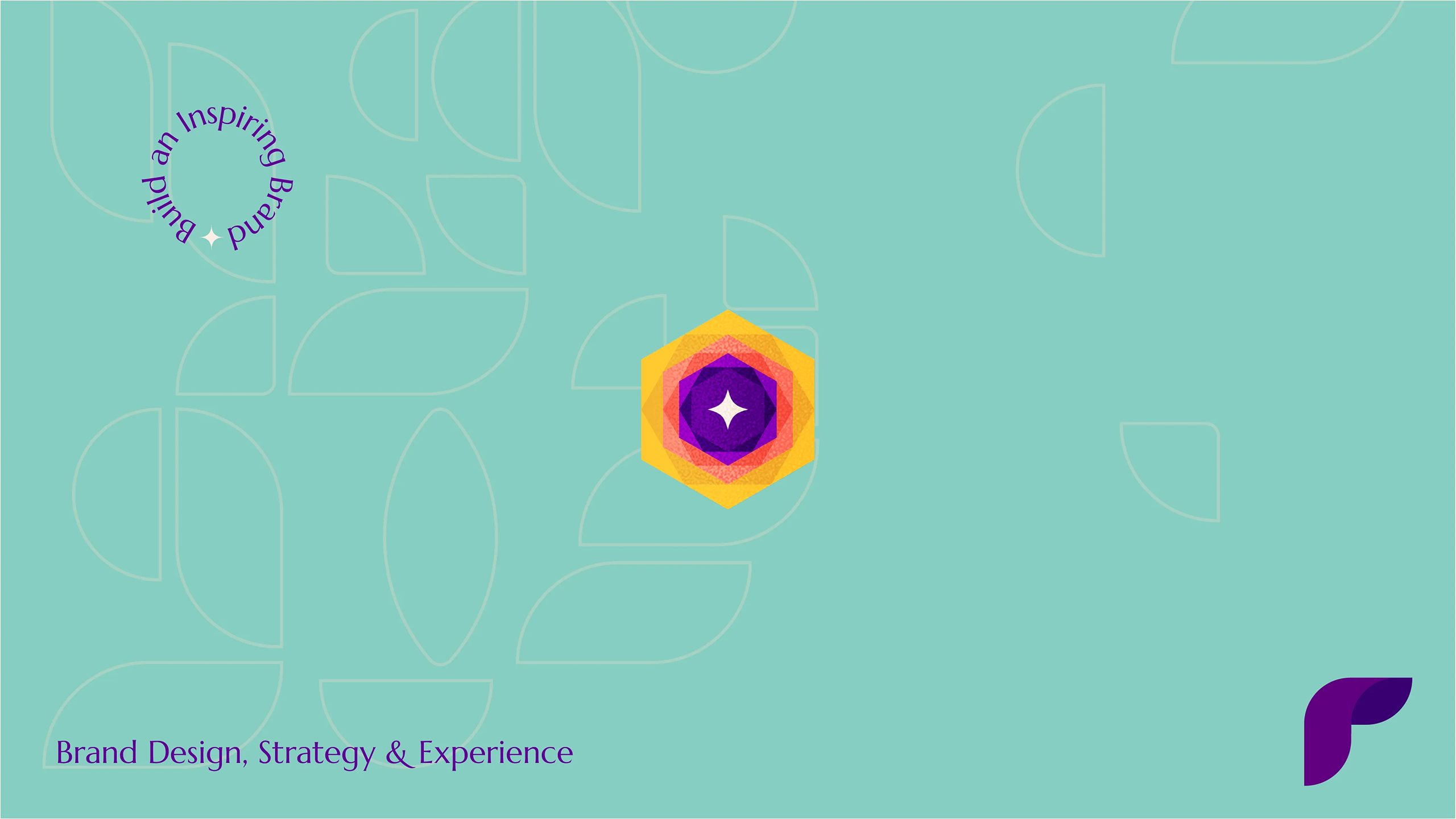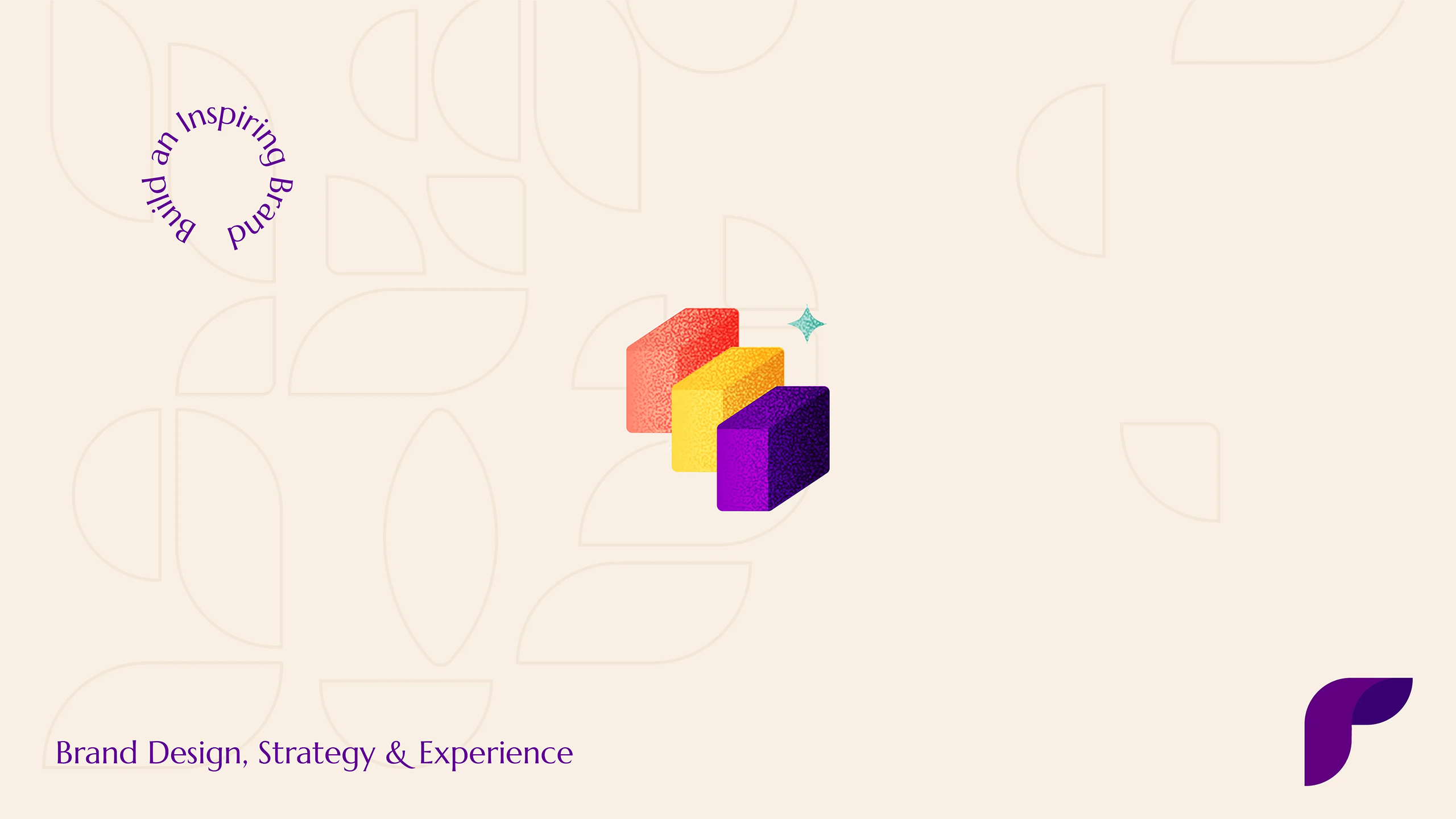Design Thinking is especially powerful in the world of graphic design, where visual communication must go beyond mere aesthetics to resonate with target audiences on a deeper, more functional level. By focusing on user-centered design and employing creative problem-solving techniques, Design Thinking process fosters innovation and creates designs that meet both user and business goals.
Inside this article,
What is design thinking?
Design Thinking is a human-centered, iterative process for solving problems and creating solutions that prioritize the end user’s needs and experiences. It involves five key stages: Empathize, Define, Ideate, Prototype, and Test.
These stages encourage designers to explore multiple angles of a problem, iterate on ideas, and refine solutions through constant feedback.
How design thinking applies to graphic design
In the field of graphic design, Design Thinking helps designers focus not just on creating visually appealing designs but also on addressing the specific challenges faced by users. It encourages designers to put themselves in the users’ shoes and design solutions that not only look good but also solve real problems.
Whether it’s developing a user-friendly app interface, creating a memorable logo, or designing an effective marketing campaign, Design Thinking ensures that creativity is grounded in practical, user-centered outcomes.
Why is design thinking essential in graphic design?
Traditionally, graphic design was seen as a visual art focused on aesthetics. But in today’s digital age, design must also solve problems. Aesthetically pleasing designs alone won’t suffice if they don’t enhance the user experience or solve the user’s problems. Design Thinking shifts the focus from creating just “beautiful” designs to developing solutions that balance both form and function.
Creating designs that resonate with the target audience
One of the core aspects of Design Thinking is empathizing with the user. By understanding who the target audience is and what their needs, pain points, and desires are, designers can create visuals that resonate deeply. This user-centered approach ensures that designs are not only visually striking but also meaningful and relevant to the audience.
In graphic design, functionality and emotion go hand in hand. Great designs need to work effectively while also evoking emotions that resonate with users. Design Thinking allows designers to integrate both these elements while fostering a culture of innovation. It enables the creation of unique solutions that challenge traditional design methods.
Also read: The design thinking approach: A framework for creating user-centric brands
The 5 stages of design thinking in graphic design
The 5 stages of this process are:
1. Empathize
The first step of the Design Thinking process involves deeply understanding the user’s needs, their cultural context, and market trends. This stage often involves research, interviews, and observations to get a sense of what the user wants and needs.
For example, Tata Tea’s “Jaago Re” Campaign empathized with the growing social consciousness of India’s youth. The visual elements of the campaign, such as bold colors and impactful slogans, were designed to evoke emotion and create a connection with socially aware younger generations.

Similarly, Paperboat, a beverage brand that delved deep into understanding their audience’s emotional connection to childhood memories. Through research, they created packaging and marketing materials that evoke nostalgia with playful illustrations inspired by Indian childhood memories.



2. Define
Once you have a deep understanding of the user, it’s time to define the problem clearly. This involves setting specific design goals based on the insights gained during the empathy stage. A well-defined problem sets the foundation for impactful and creative design solutions.
Zomato defined a problem where users got bored while scrolling through monotonous food options. By recognizing this, they injected humor and personality into their visuals, making the user experience more engaging.

At the same time, Tanishq Jewelry defined the challenge of designing wedding jewelry that balances tradition and modern aesthetics. By identifying the need for contemporary brides who wanted both, they created collections like “Rivaah,” which addressed this precise need.
3. Ideate
In this stage, designers brainstorm a variety of creative solutions. This could involve sketching out ideas, collaborating with teams, or creating multiple iterations of design concepts. Ideation allows for a diverse range of possibilities before narrowing down to the best solutions.
For instance, Chumbak’s ideation process involved merging modern aesthetics with Indian cultural elements. Through multiple brainstorming sessions, they developed a vibrant product range that fused quirky designs with contemporary Indian visual culture.
Another example is how BookMyShow, a ticketing platform, ideated ways to streamline the user journey. They brainstormed ideas like personalized event suggestions and a more intuitive payment gateway to improve the overall user experience.
4. Prototype
After ideation, it’s time to create low-fidelity drafts or wireframes. In graphic design, this could involve mockups for websites, app interfaces, logos, or visual branding elements. Prototyping helps bring abstract ideas to life and enables early testing and feedback.
5. Test
In this final stage, designers test their prototypes with real users to gather feedback. Based on this feedback, designs are refined and iterated upon. Testing ensures that the design works in the real world and meets user expectations.
Myntra, India’s e-commerce platform tested various UI designs with focus groups. By gathering feedback, they were able to refine their app interface, improving navigation and visual appeal.
It is also worth noting that Swiggy, a food delivery service, regularly tests app interfaces with small user groups. They tested different homepage layouts and button placements to optimize the user experience, ensuring fast and intuitive food ordering.
What are the benefits of applying design thinking?
Design Thinking places the user at the center of the design process. This means that designs are not just created based on aesthetic preferences but also meet the actual needs and desires of the user. The iterative nature of this process allows designers to push the boundaries of traditional graphic design.
It encourages designers to explore diverse approaches and perspectives. This process of ideation and iteration helps graphic designers unlock new levels of creativity. Constant user feedback ensures that the design remains relevant and practical. This iterative approach allows for continuous improvement, leading to a more effective and engaging final product.
Also read: 10 graphic design principles every designer should know
Conclusion
Design Thinking is a powerful tool for graphic designers looking to create visually appealing, functional, and user-centered designs. By integrating this approach, designers can solve complex problems while fostering creativity and innovation. Reach out to us for guidance and designs rooted in this approach!




